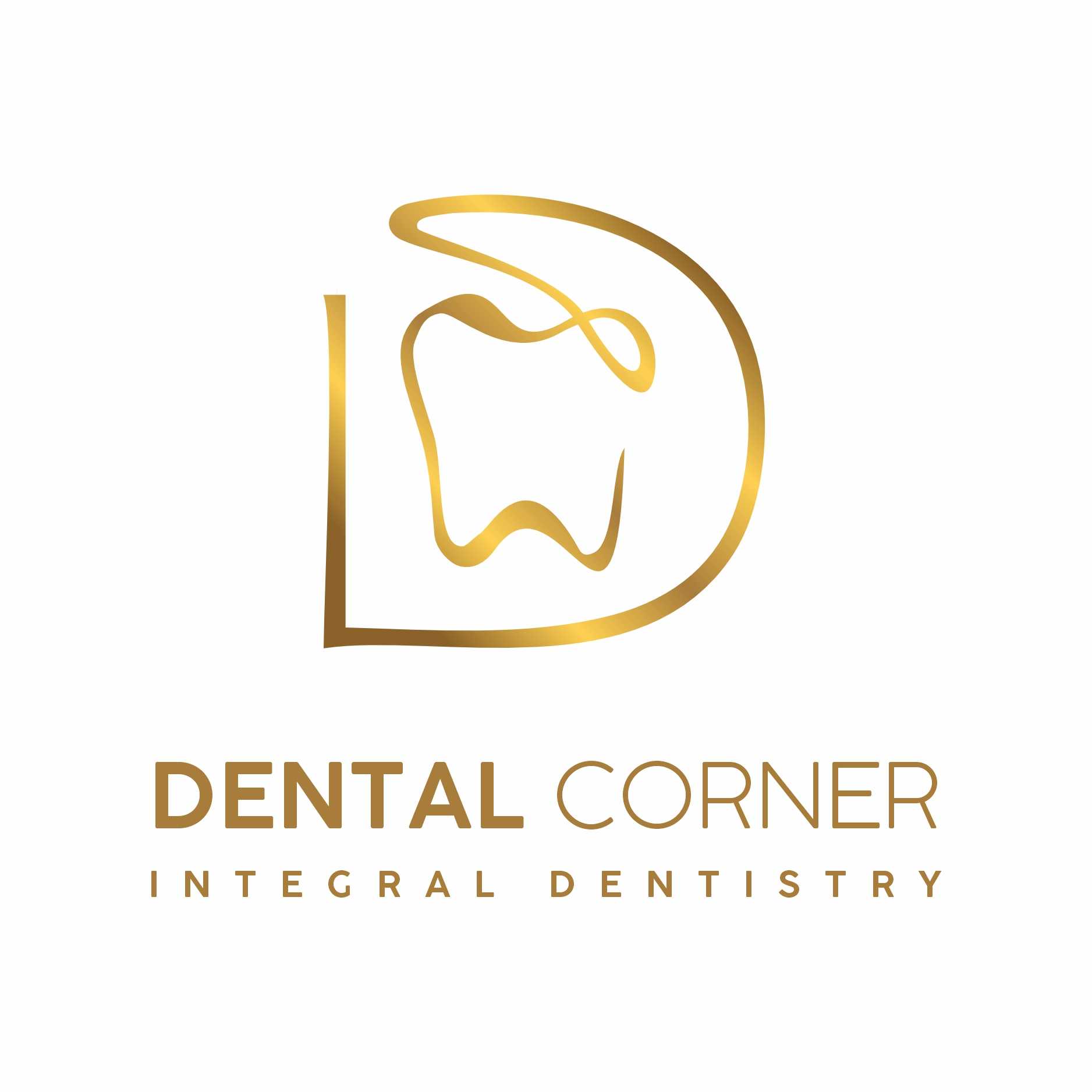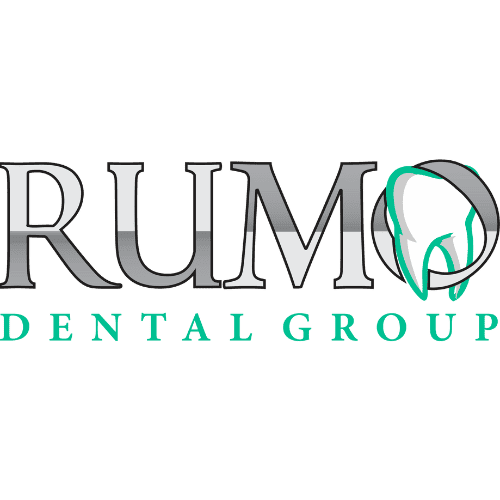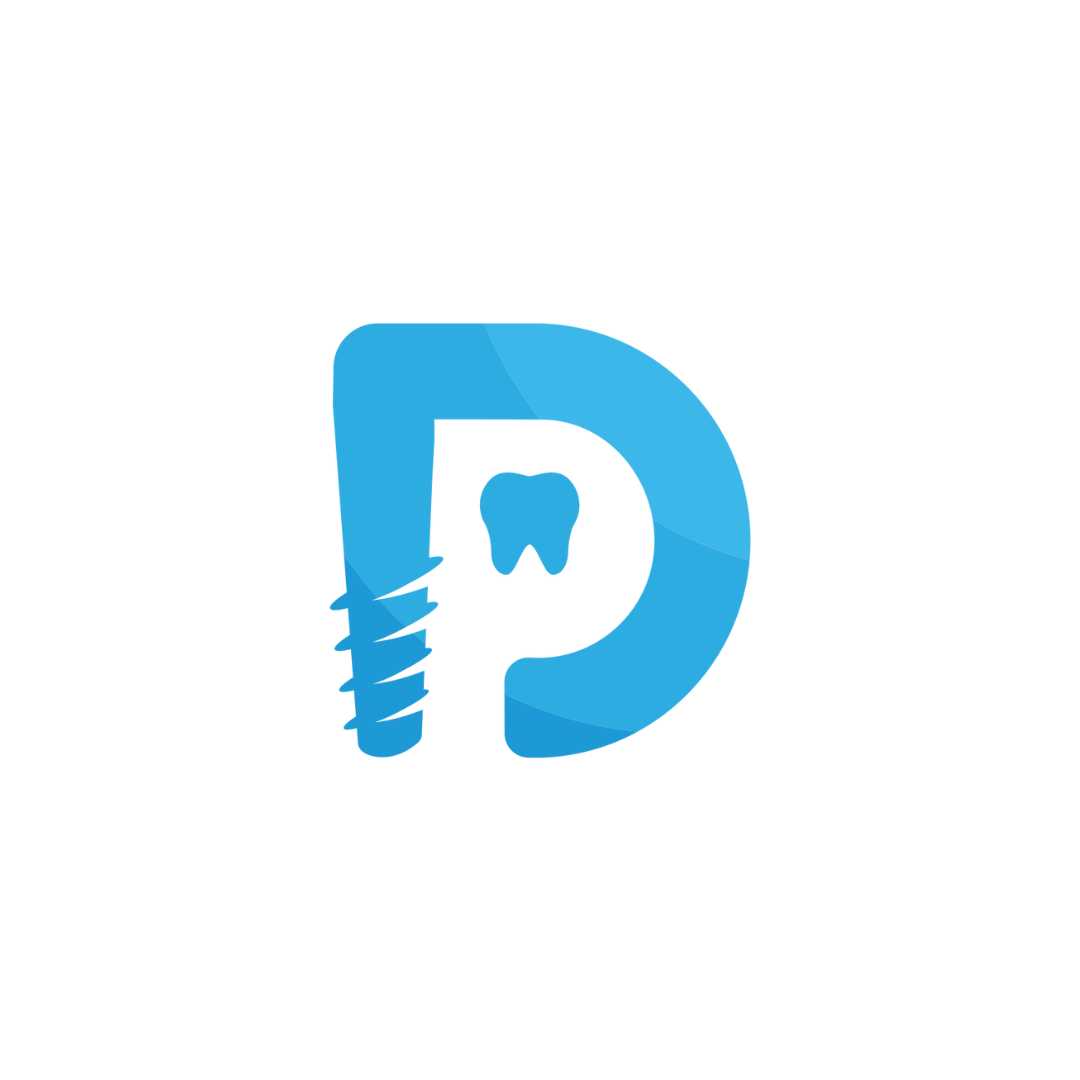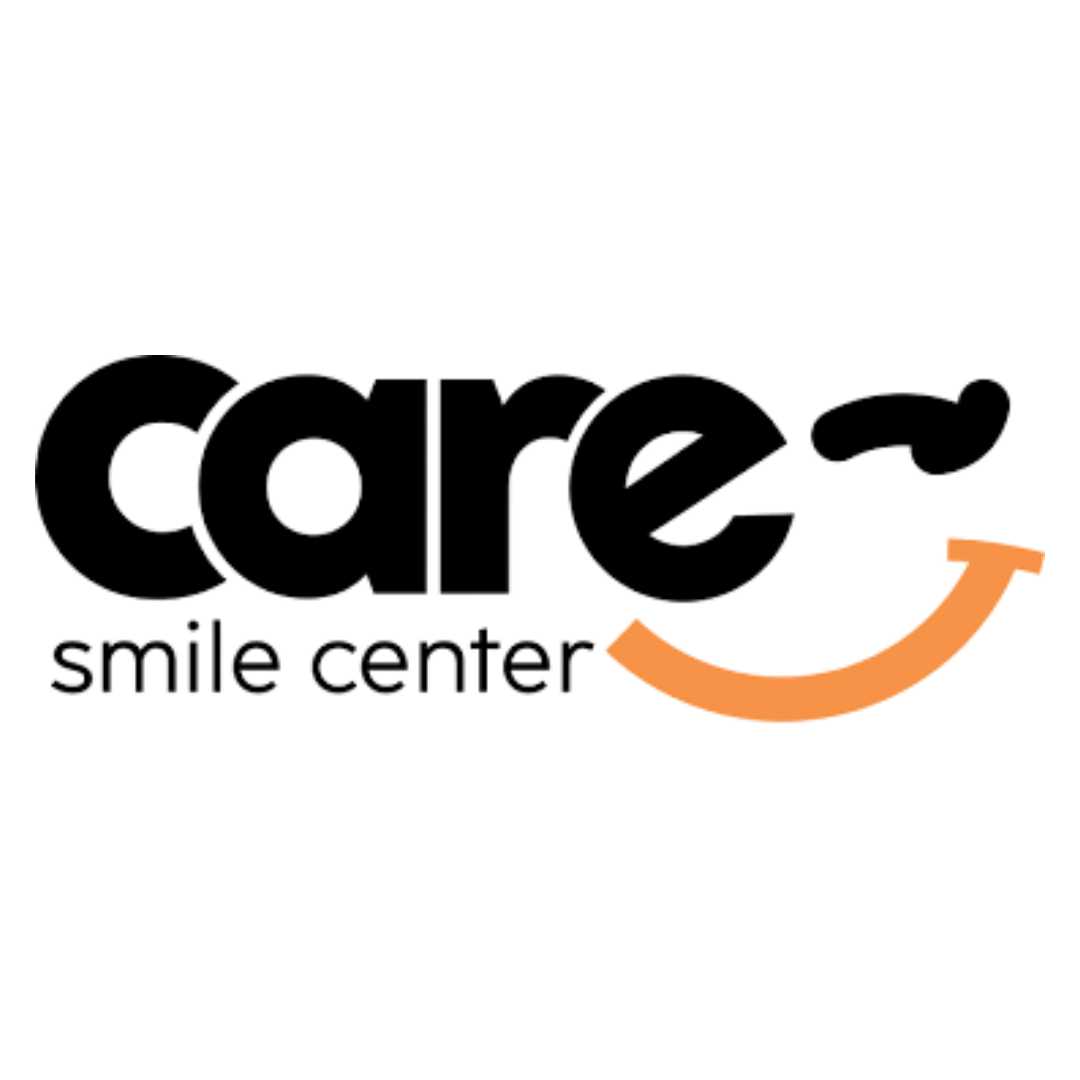
Like sleeping through your dental appointment.......
If you suffer from high levels of dental anxiety and have neglected dental care because of this, it is not too late to regain the health of your mouth. With the aid of Sedation Dentistry you can now recover your smile and gain new confidence and self-esteem – without fear.
Highly effective and safe sedation techniques can be used to alleviate dental anxiety. You must tell the dentist about your anxiety and discuss it openly so that your dentist is aware of the condition and uses the appropriate techniques to treat you.
Sedation agents can be administered orally, by inhalation, or via intramuscular or intravenous (IV) routes. If the technique involves the administration of a drug, it is termed Conscious Sedation Dentistry.
In The United States, inhaled nitrous oxide is very popular but in other countries, either oral or IV routes are more commonly used.
Conscious Sedation
The benefit to the dentist of conscious sedation over full anesthesia is that the patient is able to co operate during the procedure, move their head and respond to questions etc. This greatly facilitates the ease of the procedure and in some cases avoids the need for an assistant.
Oral
This is the simplest form of sedation. The dentist prescribes a sedative drug to be taken orally prior to the treatment. In some cases the patient is also advised to take one sedative pill the night before the appointment.
When taking an oral sedative it is imperative that the patient does not drive to the appointment or drive a car or operate machinery for 24 hours following the appointment.
Intramuscular
Intramuscular conscious sedation is more often employed in the management of fearful children. Sedative drugs are injected into the muscle of the upper arm or the thigh, producing sedation in approximately 20 to 30 minutes.
Intravenous
Drugs administered intravenously are more effective than the same drugs taken orally. A major benefit of some of the IV sedative drugs is amnesia (memory loss). The patient will have no memory of some, or even all, of the dental treatment. This will lead the patient to think they were asleep during the treatment when, in reality, they were awake, but comfortable, at all times.
During the procedure, monitoring devices will be attached to the patient. These monitor the effectiveness of the patient's breathing, blood pressure and heart rate, and ensure the safety of the procedure.
Our goal is to provide the best possible dental treatment for our patients. So in order to undertake IV conscious sedation we need to gather together a group of medical professionals: the restorative dentist, the dental assistant, the roving assistant, the medical anesthesiologist and their aide.
Patients receiving IV conscious sedation will need to be escorted at the conclusion of the procedure.
General Anesthesia
Some patients may require general anesthesia in order to adequately relieve their anxiety associated with dental treatment.
It is necessary to have a certified anesthesiologist to administer the anesthesia and monitor the patient during the dental procedure.
The patient must fast for 8 hours prior to the procedure and be escorted home after the recovery time.
PV Smile's privileged location within Cornerstone Hospital Medical Building facilitates the use of this resource in selected cases, and your dental work will be carried out in the comfort and privacy of our dental clinic.
Please Click Here to request more information about Dentistry from PV Smile.






.png)
.png)
.png)
.png)






Share this listing